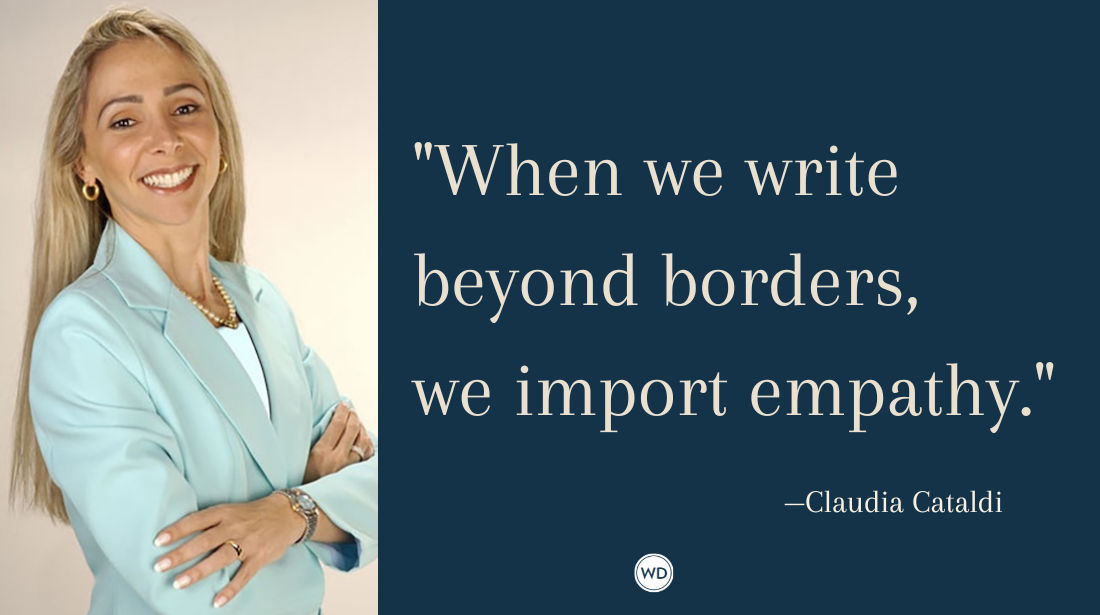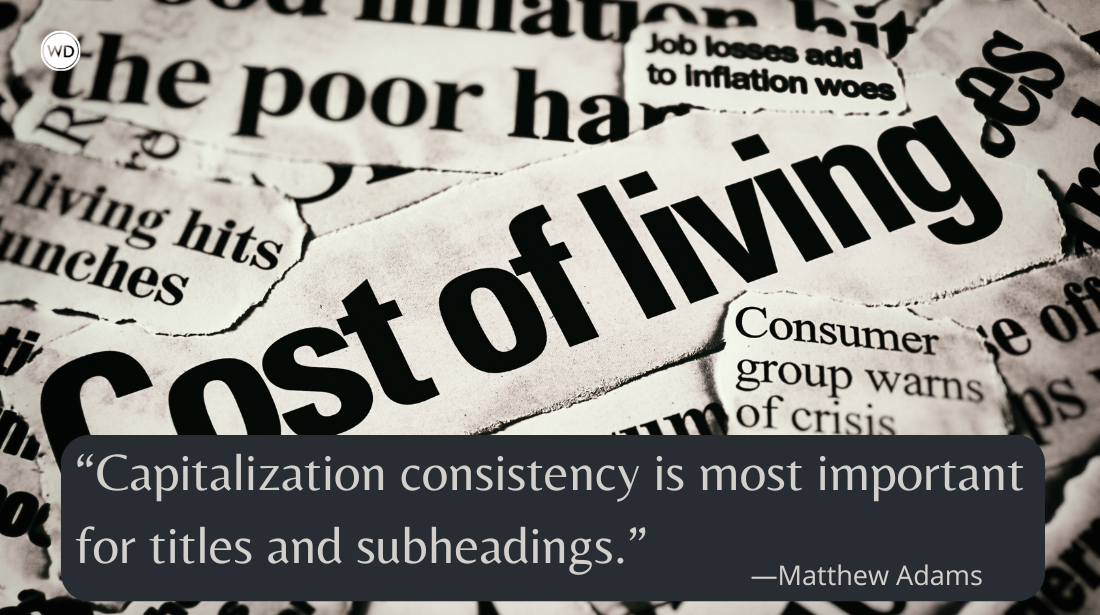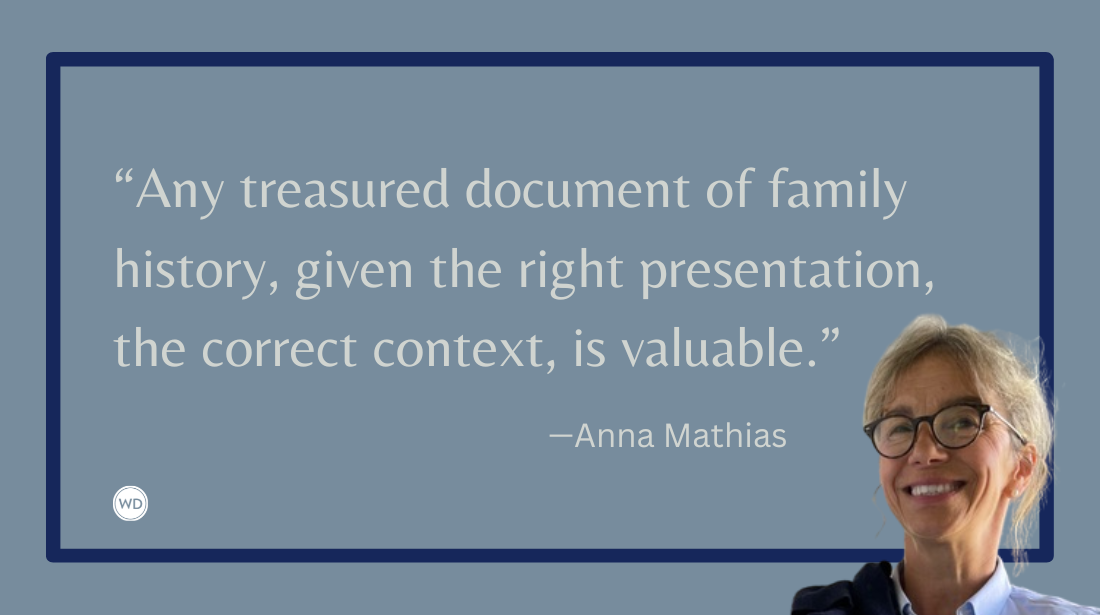The Messy House of Memoir
Acclaimed author Jill Bialosky examines the messy house of memoir, including how important the structure is to the story memoirists tell.
Vivian Gornick in a piece called “A memoirist defends her words,” published on Slate writes: “A memoir is a tale taken from life—that is, from actual, not imagined, occurrences—related by a first-person narrator who is undeniably the writer. Beyond these bare requirements, it has the same responsibility as the novel or the short story—to shape a piece of experience so that it moves from a tale of private interest to one with meaning for the disinterested reader.”
The situation of her now classic tale “Fierce Attachments,” Gornick comments, is about her life with her mother in the Bronx in the 1950s, alternating with walks taken in Manhattan in the 1980s. But the story itself, what she hoped to reveal through her storytelling, was that “she could not leave her mother, because she had become her mother.”
When I set out to tell my story about my mother, called The End is the Beginning: A Personal History of My Mother, I wanted to explore my fierce attachment to my mother, which differed from Gornick’s attachment to hers. I had not become my mother. My mother was crippled by history, raised to be a mother and wife until tragedy hit and she was left with eventually four daughters to raise on her own without a livelihood.
Since she had come of age in the 1930s, 40s, and 50s, when women were raised to be wives and mothers and sex objects to a man, after my father died, my mother felt her only alternative was to go on quest to find a new husband and be taken care of again. Enormous social change began in the 70s and 80s. My mother was essentially buffeted by history. She did not have the skills or training to lead a fully independent life. I was driven to be independent since I saw and witnessed the fallout.
Often a question drives a memoir, for the memoirist, a need to sort out or understand something; a quest for truth. The quest that drove me to write my memoir about my mother was to find out who she was before she gave birth to me, and why so much of my inner life was wrapped up in hers? Plus, she had led an interesting and important life I felt compelled to tell: one of an individual shaped by circumstances beyond her control. How would exploring or reconstructing her past shed light on my question?
Writing a memoir, or setting out to write a memoir, is a messy enterprise. How do you sort out what aspects to tell to bring forth a life? And how do you shape them into a story? The situation, how I would tell the story, was, I discovered almost organically, was that I would write my mother’s life from the end to the beginning, or in reverse chronology, from my initial grief at her passing, to the last chapter, the year she was born, touching on the pivotal decades of her life that shaped her. Finding the shape to organize the story was essential. What I did not yet know, until I finished my book—there should always be a surprise for the writer—was that since my mother suffered from Alzheimer’s the last 10 years of her life, by writing her story backwards, I was essentially bringing her alive again.
In writing memoir, the writer must find the best way to tell the truth. If a memoir is a house, its structure is its scaffolding. There is a shape to it, a structure, and it is made of rooms, furnishings, and the recreation of individuals breathing life into the tale. If the rooms form the chapters, the furnishings of the story are the vivid details, sensations, and imagery that evoke place and a time and bring the story to life. Finding the rhythm that brings forth the shadows and shades of memory can be, as I’ve said, a messy and emotional enterprise for the writer, rocking the house, with fears of betrayal, and questions of whether that “disinterested reader” will be interested in the personal tale.
But the story is not worth telling if the wagers aren’t high. The memoirist has her eyes on what she sees, tastes, smells, touches, whether she is recalling recollections from the past or the present. She has to bring forth the unsayable to capture a truthful and full-dimensional life. The tension and pacing come from the situations enacted, the experience told. Memory is the furnace, the engine for the memorist. Authenticity is crucial as is deep introspection. Personal writing is a journey of self-discovery with the intention that, as Gornick remarks, a “disinterested reader” will want to come along for the ride.
Gornick says: “Memoirs belong to the category of literature, not of journalism. It is a misunderstanding to read a memoir as though the writer owes the reader the same record of literal accuracy that is owed in newspaper reporting or in literary journalism. What the memoirist owes the reader is the ability to persuade that the narrator is trying, as honestly as possible, to get to the bottom of the experience at hand.”
How does the memorist achieve this? While the memoirist strives to capture the most authentic experience of living through periods of time, a story emerges. The memoirist knows she must keep the narrative moving; hence, she must decide which aspects of a life to tell that will keep the reader hooked. All of life cannot be told. It is the juxtaposition of events, how they form their own mysterious chronology, whether the book is told from the beginning to the end, or the end to the beginning, that creates the tension in the story. The emotional stakes for the writer who digs deeply are the reader’s gain.
Check out Jill Bialosky's The End Is the Beginning here:
(WD uses affiliate links)









